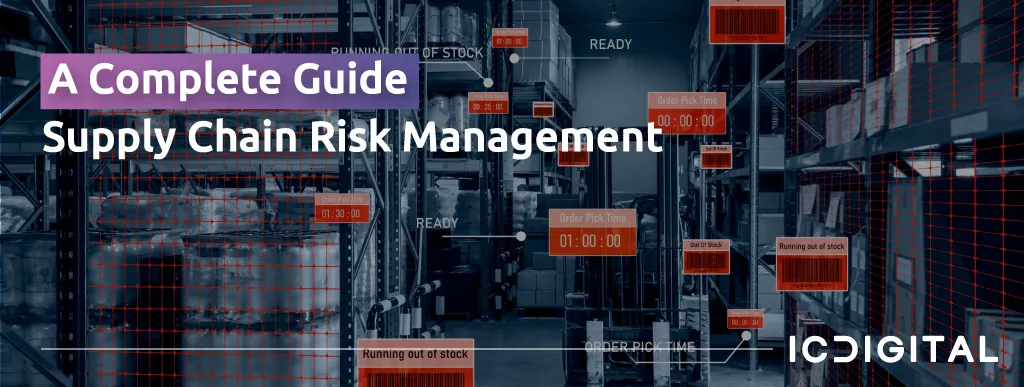
Supply Chain Risk Management: A Complete Guide

Supply chain attacks and leaks have been around for a while. In fact, they have become so common that they often go unnoticed and unreported. Businesses often do not know how to prevent supply chain data leaks.
Supply chain leaks are risks in an organization's supply chain that can be exploited to gain access to sensitive organizational data. Organizations rely on multiple suppliers for software, hardware, and services. A single weak link among them could put the entire organization at risk if the supplier has access to data or interacts with that data in anyway.
Supply Chain Data Leaks can occur in many different ways. The most common ways include: Viruses, Malware, Spyware, Trojan Horses, insider threats and other types of malware that are designed to steal personal information or send it back to a third party without your knowledge or permission.
Some examples of supply chain leaks include:
> A hacker breaks into a company's network and steals data. This data is then sold on the dark web.
> A hacker compromises a third party vendor and uses their access to steal data stored at another company.
> An employee, who has access to sensitive data, accidentally sends the information to an unauthorized person.
Why is it important to keep a supply chain safe?
A safe supply chain is important for a number of reasons, including:
1. Reputation
This is one of the most important reasons to ensure a safe supply chain. A company’s reputation is extremely important, as it can make or break the business. In today’s world, word spreads fast, and with the rise of social media, a company can be destroyed in a matter of seconds. This is why it is so important to keep your supply chain safe.
2. Consumer confidence
When you give confidence to your customers, they will come back for more! By having an untainted reputation, consumers will trust you and will not hesitate to buy from you again in the future. This means that there are fewer chances of customers leaving you for your competitors – meaning more business for you!
3. Government regulations
The government has strict regulations when it comes to consumers product safety that all companies must abide by if they want to avoid financial penalties or be blacklisted altogether.
Supply chain attacks are a serious threat to businesses. Their impact is massive and can include financial losses, damage to the company’s reputation, and in some cases, even legal consequences.
Let’s take a look at how you can protect your business and customers.
There are many different ways to manage supply chain risk. Some companies might have a strong, long-term relationship with their suppliers, making communications between the parties easier. Other companies may use technology to help them detect and mitigate risks in their supply chains.
Here are some steps that businesses can take to protect themselves from supply chain risk:
1. Analyze the business’s risk profile
2. Identify the most important suppliers to the business
3. Conduct audits of key suppliers
4. Collect data about the supplier’s performance and ethics
5. Make sure a supplier's quality control standards meet your requirements
6. Create a plan for handling disruptions to your supply chain
7. Implement Digital Risk Protection tool to identify and mitigate the risks
Conclusion:
Managing supply chain risk goes beyond checking for counterfeits or inspecting product quality. You need to know about every step along the chain from raw materials sourcing to finished goods delivery, so you can predict and prevent problems before they happen.
Implementing DRP solutions like Skurio could be the easiest way to control the supply chain risks.
With DRP solutions you can quickly and easily identify data breaches and their source with 24/7 automated monitoring of the surface, Deep and Dark Web.
Additionally, techniques like BreachMarkers can help you identify customer data breaches across your supply chain.
